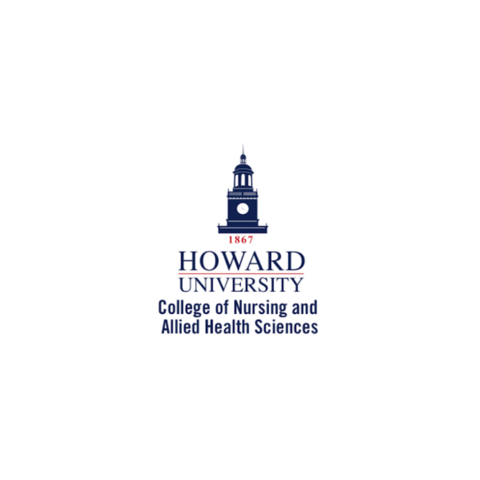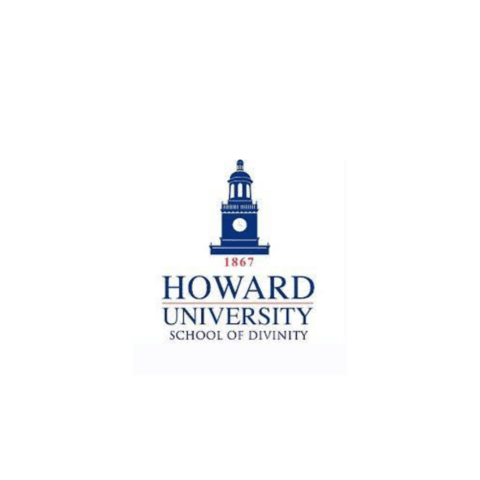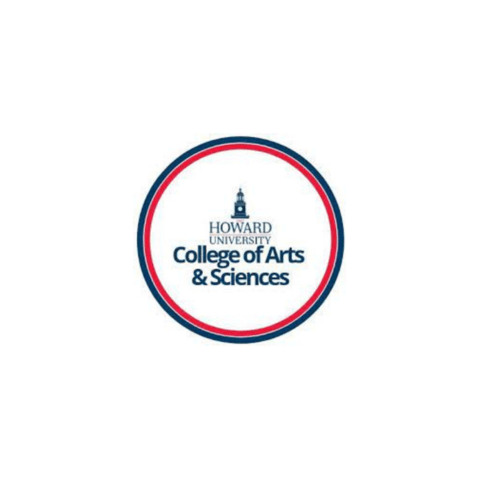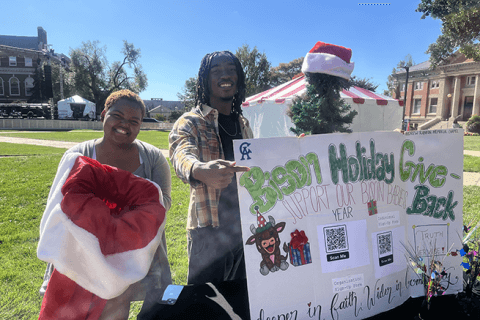The College of Nursing and Allied Health has made major contributions to pillar two, inspire new knowledge, and pillar three, serve the community. This team has continued to strive to become more competitive by working diligently to recruit more talented faculty, increase scholarship, support grant writing, and offer faculty engagement and leadership training sessions. As a result, the College of Nursing and Allied Health has continued to foster notable collaborations within the university’s community and externally.
In 2015, the University of Pittsburgh launched the Leading Emerging and Diverse Scientist to Success (LEADS) training program, through a grant from the National Institutes of Health. The LEADS program provides multiple training platforms to increase skill and knowledge regarding research to promote multiple training platforms, expertise in grant writing and submission for funding. Howard University was one of nine Minority Serving Institutions that forged a partnership with the University of Pittsburgh to identify the discrepancy of underrepresented academicians and the impact of mentoring during the COVID-19 pandemic.
The College of Nursing and Allied Health is also a key contributor to the ENACT Program (Expanding National Capacity in PCOR through Training) and New York University’s Rory Meyers College of Nursing, which is a major collaboration for our nursing and allied health faculty and students. In addition to fostering faculty and research collaborations, nursing students at Howard and NYU Meyers will have the opportunity to attend new and established programming through educational exchanges. Likewise, additional planning opportunities are in the process between the two universities.
Amidst the pandemic, the College of Nursing and Allied Health faculty served the community by volunteering in the COVID-19 testing and vaccination clinic to provide vaccines to faculty, students, alumni, and the community. COVID-19 vaccines are available to all adults, with over 459.2 million doses given and 58% of the population now fully vaccinated in the United States.






